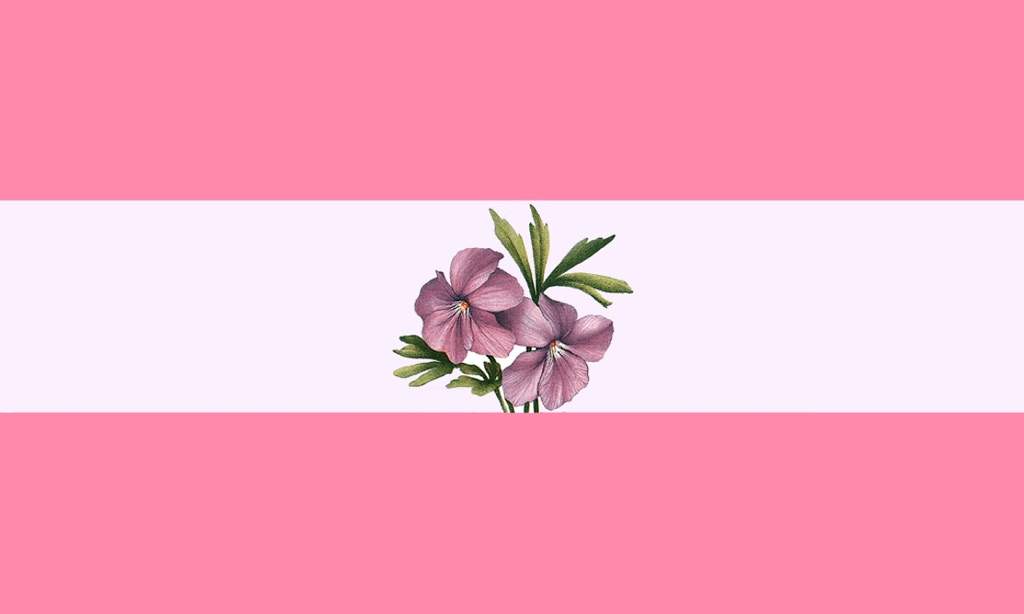Anyone can identify or feel attached to a variety of sexual orientations and/or gender identities. And as more definitions have been popularized over the years to represent the experiences of queer people, keeping up can be difficult.
You’ve seen the LGBT+ flags; there are already too many to mention! So, if you’re not totally immersed in the rainbow community, you might not appreciate or be aware of some of the flags.
Take the sapphic flag, for example. Many people think “sapphic” and “lesbian” are interchangeable; therefore, their flags should be the same. On the contrary, the sapphic pride flag is different from the lesbian flag. The term “sapphic” has a whole different meaning and significance compared to the other terms in the LGBTQ culture.
So, here’s everything you need to know about the sapphic flag: what being sapphic means, what the flag is about and how you can be a better part of the sapphic community (even as an ally).
What Does “Sapphic” Mean?
Sapphic is an umbrella term that unites bisexual, pansexual, queer, bisexual and other woman-loving communities. The term ‘sapphic’ is also often connected to the acronym WLW (woman-loving-woman) or GLG (girl-loving-girl). A ‘sapphist’ is a woman, non-binary or a woman-aligned individual who prefers to date other women (exclusively or not).
Around 1500, the word ‘sapphic’ pertained to Sapphō, the Greek poetess who lived in the isle of Lesbos. She was loved for her passion and the loveliness of her words. She also invented the four-line schema; her poetic style became known as the sapphic stanza. She was known for her love for women and her passionate relationships with women.
While the term ‘sapphic’ can be used exclusively towards people who love other women, it doesn’t require people to exclusively love women. Instead, it encourages solidarity among people of different gender identities who are attracted to women.
What is the Sapphic Flag For?
The sapphic flag is a representation of women who love women. It also offers a symbol to queer folk who consider specific LGBT labels (e.g. lesbians) as too exclusive and prefer a more inclusive representation; hence, the use of the sapphic pride flag.
There are two types of sapphic flags:
The Sapphic Flag
The most popular sapphic flag is the one that consists of two pink stripes: one on the top, the other at the bottom. The middle is striped with white and is decorated with a pair of violets, which women traditionally presented to each other to represent their sapphic love. Tumblr user lesbeux designed the flag in 2015. In 2017, Tumblr user pride-color-schemes tweaked the design a bit and created the current sapphic flag, which only has a single violet in the center.
The Demi-Sapphic Flag
In 2021, wiki user Wemrotung introduced the demi-sapphic flag. Demi-sapphic women are individuals who become sexually attracted to other women after forming a strong emotional bond.
The demi-sapphic pride flag consists of pink, light pink, gray and white stripes, two violets and a black arrow pointing right. The black arrow and gray stripes are derived from the demisexual flag, which represents gray asexuality and ace community respectively.
Why are There Violets on the Sapphic Flags?

Queer poet Sapphō appreciated the beauty of nature and expressed her thoughts by writing about flowers, pastures, garlands and other beauties of nature. In one of her poems, she used the term ‘crown of violets’ to describe her desire for women.
As a result, violets came to symbolize sapphic love and have been used to represent the love between women. Edouard Bourdet’s 1927 Broadway play The Captive used violets to emphasize the affections between the two lesbian characters. One of the lovers gifts the other with a bouquet of violets as a gesture of her love. At the time, the play was criticized for its subject matter since lesbianism was considered taboo. People who wanted to support Bourdet’s play came to the theaters wearing violets on their lapels.
Are You Sapphic?
If you feel the word describes your identity and sexuality, you might as well be sapphic. If you identify as a woman who loves another woman, you are part of the sapphic community. The same applies if you are lesbian, bisexual, queer, omnisexual and pansexual.
You don’t have to call yourself sapphic if you’re not comfortable with the term. Many people prefer to call themselves ‘queer’ and that’s OK. This umbrella LGBT term aims to make it easier for others to communicate their love for a woman without labeling all their sexual identities.
How Can You Be a Better Sapphic Ally?
No two sapphics are the same. You can’t tell if a person is sapphic just by looking at them or observing their style or personality.
So, if you want to be a better ally, start by believing people when they tell you that they identify as sapphic. Don’t try to tell them otherwise. Other people make the mistake of thinking they know more about the community compared to the person. Working on your attitude means challenging your concept of gender identity, but this also means you don’t shut the other person out.
Educating yourself is another excellent first step. Learn what the sapphic pride flag represents. Read up on sapphic love. By increasing your awareness, you can understand your sapphic friends better.
Other ways to support your sapphic friends include:
- Understanding their pronoun usage. Pronouns shape a person’s identity. Since it is a part of who we are, mistaking a person’s pronouns can be hurtful. When a friend informs you of their pronouns, use them.
- Be reassuring. When someone comes out, remind them that their gender identity hasn’t impacted your feelings for them. Don’t judge a book by its cover. People need assurance that you still love and respect them.
- Confront discrimination. Speak up in the face of discrimination. Show others that you do not tolerate hate speech against the LGBT community.
The Bottom Line
The sapphic flag doesn’t just represent the WLW community. The pink and white colors, along with the violets, represent a long history of resistance in the face of misogyny and homophobia. It is a symbol of pride, resilience, visibility and inclusion.



